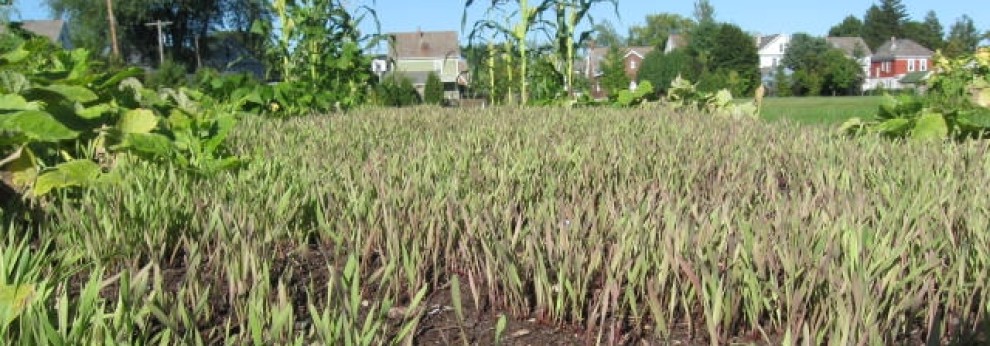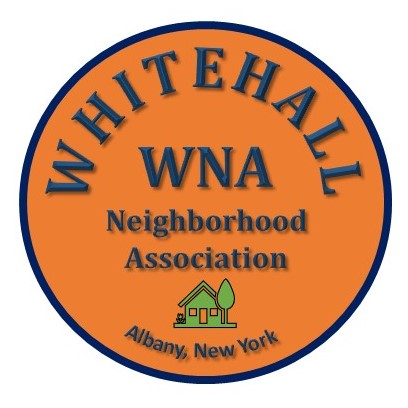 Let’s get on the record here that the formal name of New York’s regents-level biology course is “living environment.” This is significant because real encounters with the real living environment just might do good things for teaching and learning about this subject (but generally
Let’s get on the record here that the formal name of New York’s regents-level biology course is “living environment.” This is significant because real encounters with the real living environment just might do good things for teaching and learning about this subject (but generally  play a negligible role in our schools’ approach to the class).
play a negligible role in our schools’ approach to the class).
Of course the ability of the great outdoors to stimulate the senses could contribute to teaching and learning about every subject. But imagine the possibilities especially in the living environment class of student discovery of channels in a chunk of fallen tree, such as in the accompanying photograph taken at Albany High School, and then student exploration that determines that a beetle or other insect probably bored these channels and perhaps killed the tree.
This could open doors to consideration of invasive species or interdependence of living things and perhaps the impact of human activity on the environment or maybe climate change. And connecting the class to real world issues and developments might even make the class feel more relevant to students than the usual presentation of topic after topic.
Realizing these kinds of opportunities, of course, would require some degree of change in mindset. For one thing, it takes a leap of faith for teachers to believe that capturing the imagination of students and nurturing their connection-making skills can safely cover the same ground that the more traditional linear approach does. On top of that, taking energetic students outside would require teachers to do a whole new round of establishing classroom expectations. And leaving fallen tree branches or trunks in situ would also mean different thinking about grounds keeping.
The payoff, however, could be great.
–Bill Stoneman



